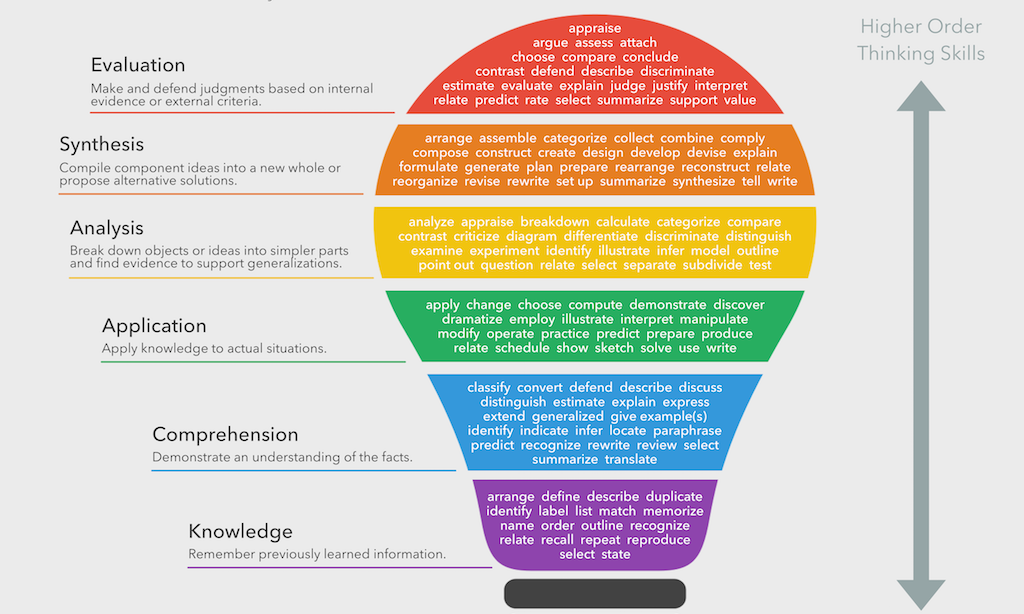by Liz Alexander
You need to showcase the higher-order thinking skills computers haven’t mastered and your peers aren’t highlighting.
Day by day, year by year, machines are taking over basic tasks like data collection and processing, leaving the higher-order stuff to humans. The more automation eats away at the edges of our jobs, the more we’ll need to show we’re still masters of the type of thinking skills robots can’t yet do.
That trend is pushing a framework developed more than six decades ago back into the fore. In 1956, the education theorist Benjamin Bloom and his colleagues developed what’s since become known as Bloom’s Taxonomy, a hierarchy of six types of cognitive goals they believed education should address. In 2017, it’s looking more relevant than ever.







 A new face at the top brings new hopes, and often, new strategic priorities. When Target hired Brian Cornell as CEO in 2014, expectations were high that he would inject fresh energy into one of the largest U.S. retail chains. When that same year Microsoft replaced CEO Steve Ballmer with Satya Nadella, the move signaled the possibility for major change. Indeed, the company eventually announced its strategy to venture massively into cloud computing.
A new face at the top brings new hopes, and often, new strategic priorities. When Target hired Brian Cornell as CEO in 2014, expectations were high that he would inject fresh energy into one of the largest U.S. retail chains. When that same year Microsoft replaced CEO Steve Ballmer with Satya Nadella, the move signaled the possibility for major change. Indeed, the company eventually announced its strategy to venture massively into cloud computing.![iStock_000008266083Small[1]](http://www.issg.net/wp-content/uploads/iStock_000008266083Small1-150x139.jpg) spending $31 billion on leadership development programs, and since 2015 alone spending on such programs has increased by 10%.
spending $31 billion on leadership development programs, and since 2015 alone spending on such programs has increased by 10%.